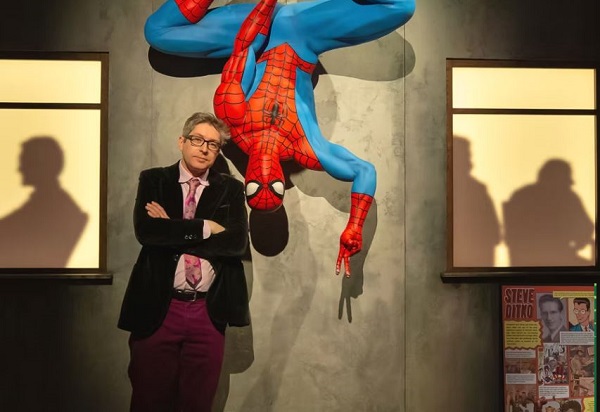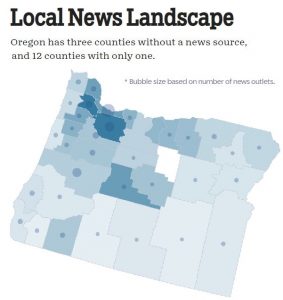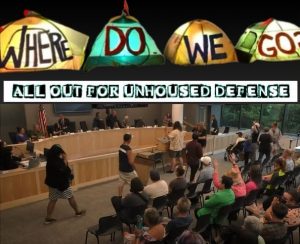Fantastic Four series became a space for fearless experimentation
4 min read
DJ Suss D: Professor Ben Saunders is an academic expert on Comics and Cartoon Studies, Pop Culture, and English Literature at the University of Oregon. He co-founded and directs a minor in Comics and Cartoon Studies, the first of its kind in the country. He spoke recently at the Eugene Library. The superhero had a peak during World War II, but readers turned to pulp fiction with a change in American values.
[00:00:26] Ben Saunders: Now probably no single factor can explain this shift in popular taste, but clearly times had changed since the late ‘30s and early ‘40s. Against the background of the inconclusive war in Korea, and the vicious theater of McCarthyism, the ugly response to the first stirrings of the civil rights movement in Montgomery, Alabama.
[00:00:52] Against that background—this is the sort of thing that is now happening in the United States— the dominant superhero fantasy of the 1940s must have only seen naive, with its implicit presumption of American moral superiority and the comfortingly simplistic notion that no problem is too complicated to be solved by a punch in the face.
[00:01:17] DJ Suss D: With the increase in the popularity of science fiction, Stan Lee with Jack Kirby used the Fantastic Four series to launch the Marvel Universe.
[00:01:28] Ben Saunders: Within 18 months of its release in August 1961, the Fantastic Four had become the central text within a fast-growing and increasingly complex system of interlocking comic book narratives, and over the next decade, the Fantastic Four would serve as Kirby and Lee’s primary laboratory, a space for fearless experimentation and invention.
[00:01:52] The list of enduring characters who first appeared in the pages of the Fantastic Four during this period—it includes such characters as the Black Panther who appeared for the first time in 1966, a politically relevant date in the pages of the Fantastic Four. The Silver Surfer also makes his first appearance just a couple of months later in the Fantastic Four.
[00:02:14] And the entire cast of The Inhumans—many recurring villains in the Marvel franchise introduced in the FF during this period, including Dr. Doom, Ronan The Accuser, and Annihilus, amongst many others; entire alien races, such as the Skrulls and the Kree. And locations! This is the first rendering of Wakanda, the home nation of the Black Panther from those pages of the Fantastic Four. Or Attilan, which is the hidden land of the Inhumans. Or the Negative Zone.
[00:02:49] As you can see, at this point Kirby is experimenting with collage. The FF also didn’t look like any other book on the stands. You know, if you were a kid picking this stuff up in the mid-1960s, when Kirby is really cutting loose, it really doesn’t look like anything else that you can buy.
[00:03:07] DJ Suss D: Although Stan Lee didn’t invent Spider-Man, his creative process is legendary.
[00:03:13] Ben Saunders: He’s basically running with the idea of spider powers, which is, you know, that’s what’s left at this point. Lee tosses out the idea of the ring, replaces it with a radioactive spider bite, and then came up with a very differently-themed origin story in which a loner teenager gets super powers, but fails to use them wisely.
[00:03:32] And then he turns this new idea over to Steve Ditko and he left the rest to his artists. Ditko then broke down and pasted out a concept, over 11 pages, adding numerous details along the way, the costume and the character design, obviously, but also concepts such as the web shooters and the look and personalities of the supporting cast.
[00:03:56] All of that would’ve been done by Ditko. And the pages then would’ve gone back to Stan and this time Stan was delighted and he added his inimitable dialogue to Ditko’s images to accentuate the emotional beats and chose to end the story with a ringing phrase that has rightly become Stan Lee’s most famous contribution to world literature: ‘…[I]n this world, with great power must also come great responsibility.’
[00:04:23] So this tangled history with contributions from (Jack) Kirby and Simon (Williams), not to mention Jack Oleck and C.C. Beck, and the role played by the largely forgotten Silver Spider and The Fly is not very widely known, but as Stan Lee’s much more media-friendly account of the origins of Marvel Comics is much more widely circulated, and after Ditko left the Spiderman comic, Stan would come to be seen by the world at large as ‘The Creator!’ of Spiderman.
[00:04:57] DJ Suss D: For KEPW Weekly News, I’m DJ Suss D.






